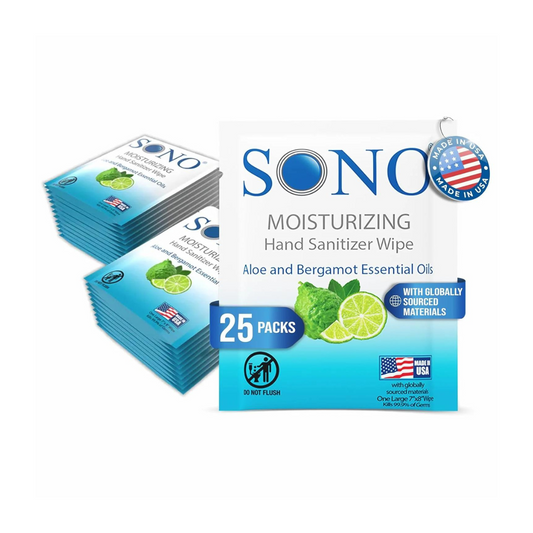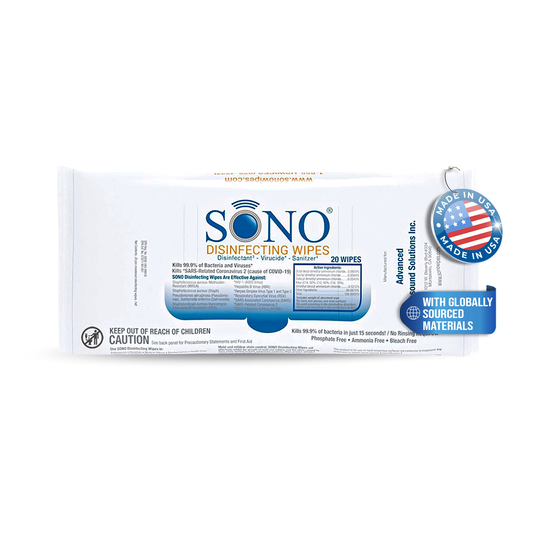Ever been confused between sanitizing and disinfecting? You're not alone. These terms are often used interchangeably, but when it comes to your skin, knowing the difference is crucial. Read on to understand how they affect your hands and the surfaces you touch daily.
The Crucial Differences
1. Purpose & Effectiveness
Sanitizing (for Hands & Skin): Sanitizing aims to reduce germs on your hands and skin to safe levels, often in a gentler manner. Ideal for daily use, sanitizing products like hand sanitizers moisturize and cleanse without harming sensitive skin.
Disinfecting (for Surfaces): Disinfecting eradicates nearly all germs from surfaces, including strong pathogens. It's a vigorous process, mostly used on non-living surfaces.
2. Ingredients & Sensitivity
Sanitizing: Sanitizing products for hands usually contain softer chemicals, like aloe vera or natural oils, which nourish the skin while cleaning.
Disinfecting: Disinfectants use potent chemicals suitable for killing robust bacteria and viruses on surfaces. They are generally not suitable for human skin.
3. Contact Time & Application
Sanitizing: Sanitizing your hands takes seconds and can be done frequently with alcohol-free or mild alcohol-based sanitizers. Ideal for on-the-go cleanliness, especially for children and sensitive skin.
Disinfecting: Disinfecting surfaces requires longer contact time and more potent chemicals, effective for areas like bathrooms or healthcare settings.
4. Overall Impact & Lifestyle Suitability
Sanitizing: Perfect for daily use, especially when soap and water are not available. Keeps your hands fresh, clean, and hydrated.
Disinfecting: Best for complete germ control on non-living surfaces, not suitable for direct skin contact.
Understanding the difference between sanitizing (for hands & skin) and disinfecting (for surfaces) is key to your well-being. Choose wisely for your specific needs, from nourishing hand care to rigorous surface cleaning.





